
Sunday Gravy Italian Style Sourdough

My Father-in-law is staying with us for a couple of weeks so my Wife made him some Sunday Gravy with meatballs, sausage, and pork and beef braciole. So of course I needed to make a good dipping sauce bread to go with it.
I decided to make a version of a bread I modified from Peter Reinhart's Italian Bread from "The Bread Bakers Apprentice". He uses a Biga in his formula but I used a AP levain at 66% in mine. The starter is a pretty high percentage of the overall formal at 44% but in the end it all worked out great.
This is not a high hydration dough either, but the final result is a nice soft crumb with a slight sweet taste from the maple syrup with a chewy crust. The crumb is moderate which is great for mopping up the home made tomato sauce.
Formula
Download the BreadStorm File Here.
Levain Directions
Mix all the Levain ingredients together for about 1 minute and cover with plastic wrap. Let it sit at room temperature for around 7-8 hours or until the starter has doubled. I usually do this the night before.
Either use in the main dough immediately or refrigerate for up to 1 day before using.
Main Dough Procedure
Mix the flours, and the water together in your mixer or by hand until it just starts to come together, maybe about 1 minute. Let it rest in your work bowl covered for 20-30 minutes. Next add the salt, starter (cut into about 7-8 pieces), oil, maple syrup and mix on low for 6 minutes. Remove the dough from your bowl and place it in a lightly oiled bowl or work surface and do several stretch and folds. Let it rest covered for 10-15 minutes and then do another stretch and fold. Let it rest another 10-15 minutes and do one additional stretch and fold. After a total of 2 hours place your covered bowl in the refrigerator and let it rest for 12 to 24 hours. (If you have a proofer you can set it to 80 degrees and follow above steps but you should be finished in 1 hour to 1.5 hours).
When you are ready to bake remove the bowl from the refrigerator and let it set out at room temperature still covered for 1.5 to 2 hours. Remove the dough and shape as desired. Place your dough into your proofing basket(s) and cover with a moist tea towel or plastic wrap sprayed with cooking spray. The dough will take 1.5 to 2 hours depending on your room temperature. Let the dough dictate when it is read to bake not the clock.
Around 45 minutes before ready to bake, pre-heat your oven to 550 degrees F. and prepare it for steam. I have a heavy-duty baking pan on the bottom rack of my oven with 1 baking stone on above the pan and one on the top shelf. I pour 1 cup of boiling water in the pan right after I place the dough in the oven.
Right before you are ready to put them in the oven, score as desired and then add 1 cup of boiling water to your steam pan or follow your own steam procedure.
After 1 minute lower the temperature to 500 degrees and after another 3 minutes lower it to 450 degrees. Bake for 25-35 minutes until the crust is nice and brown and the internal temperature of the bread is 210 degrees.
Take the bread out of the oven when done and let it cool on a bakers rack before for at least 2 hours before eating.
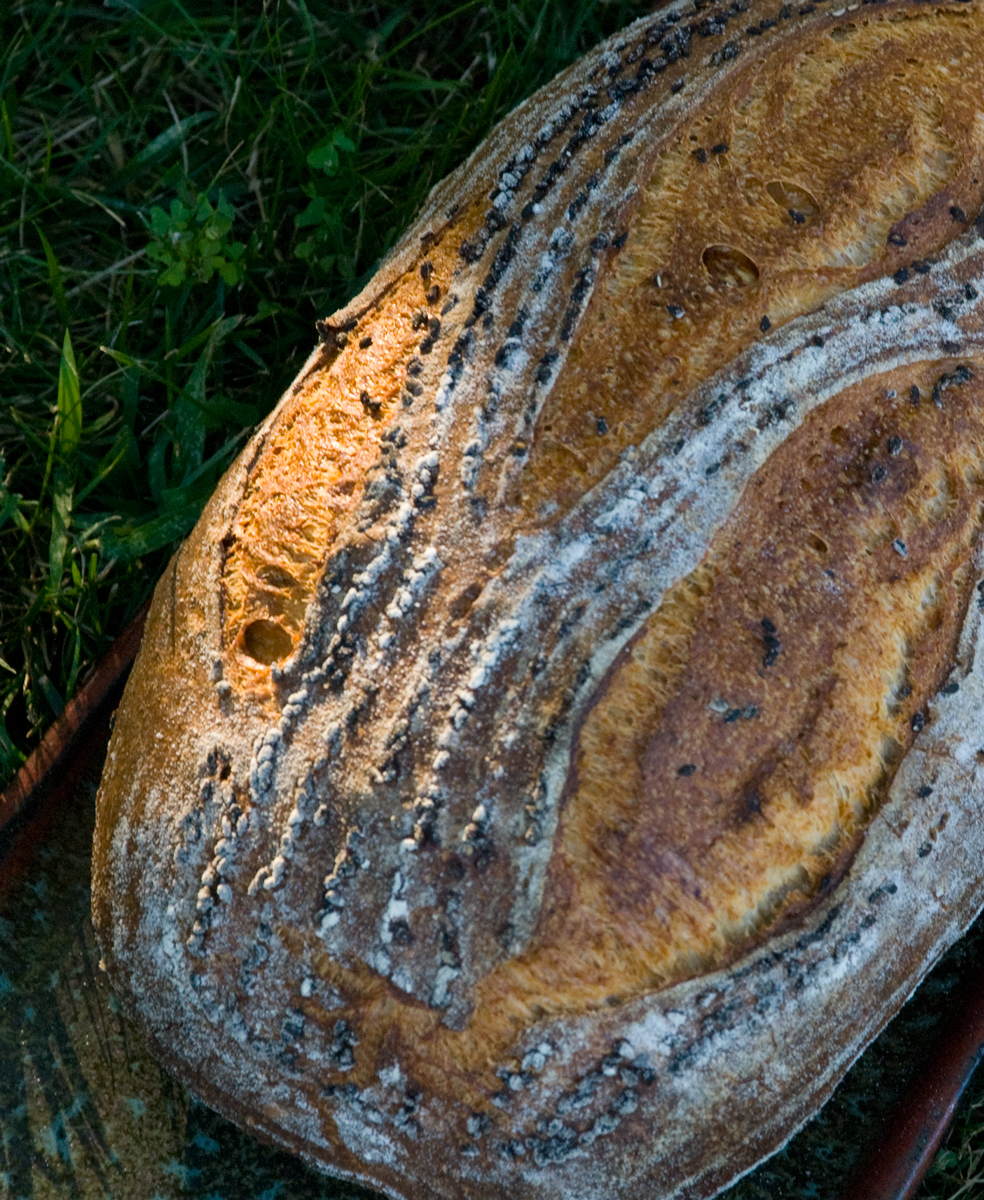
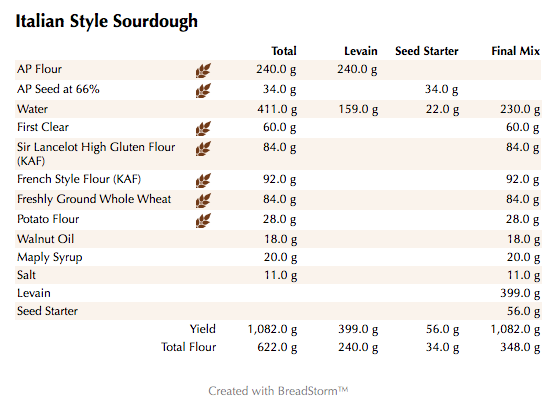
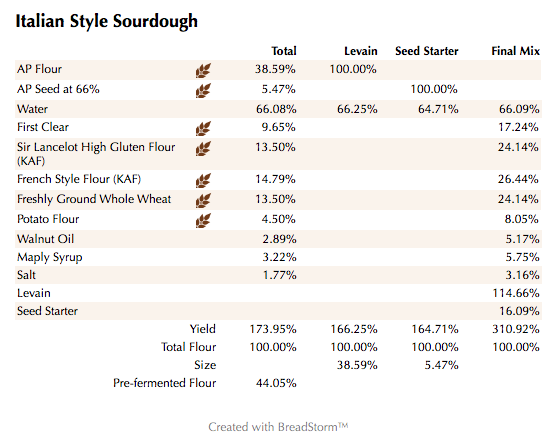
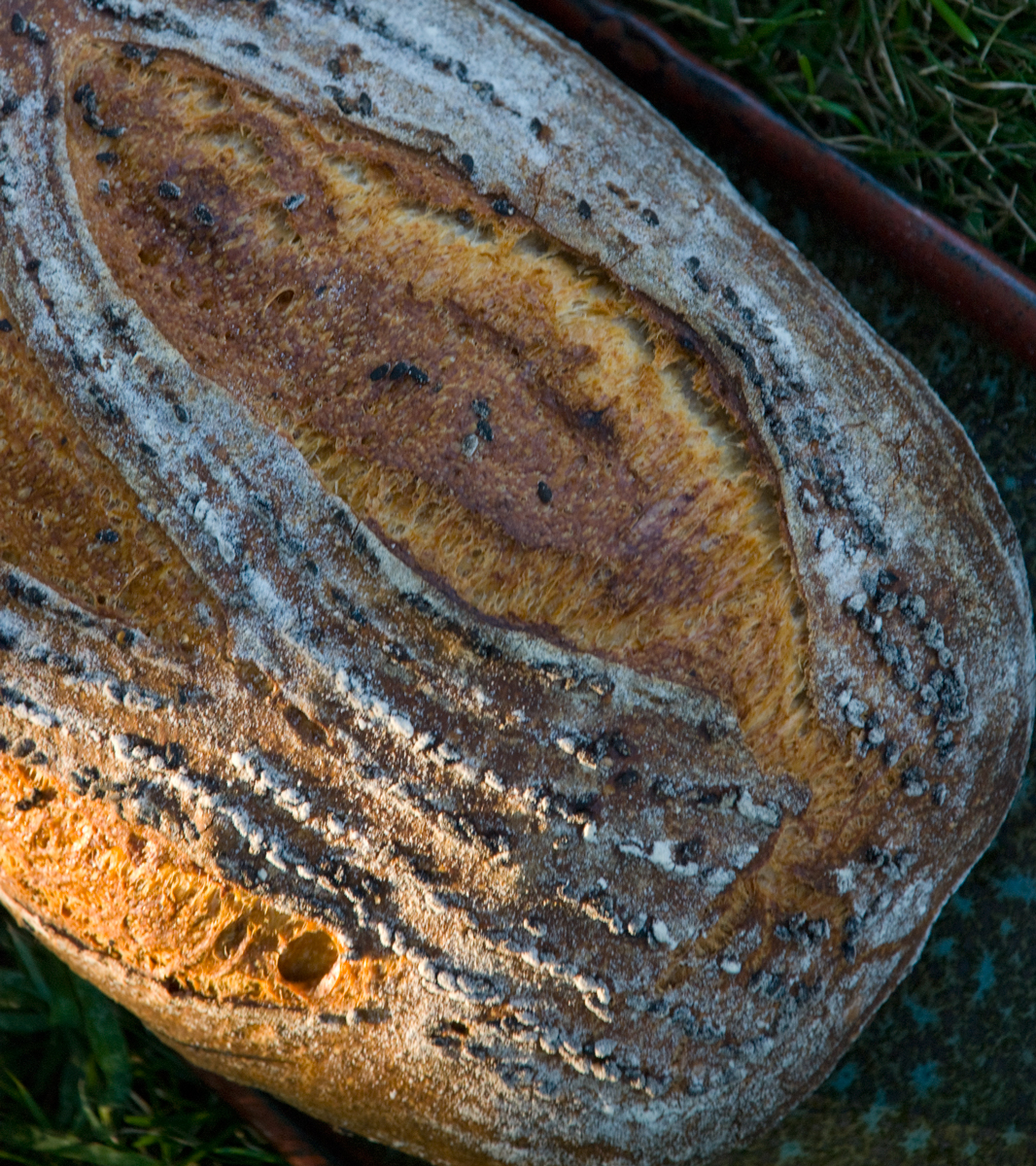

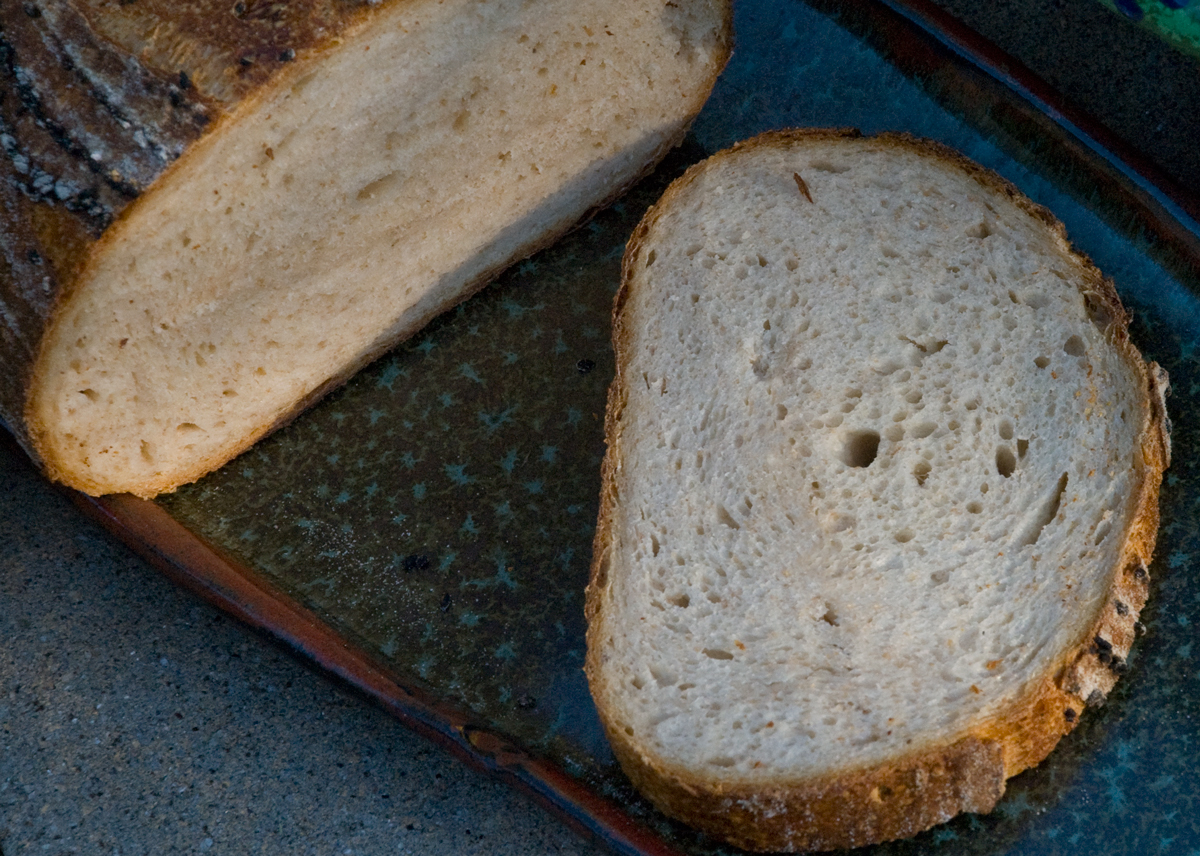
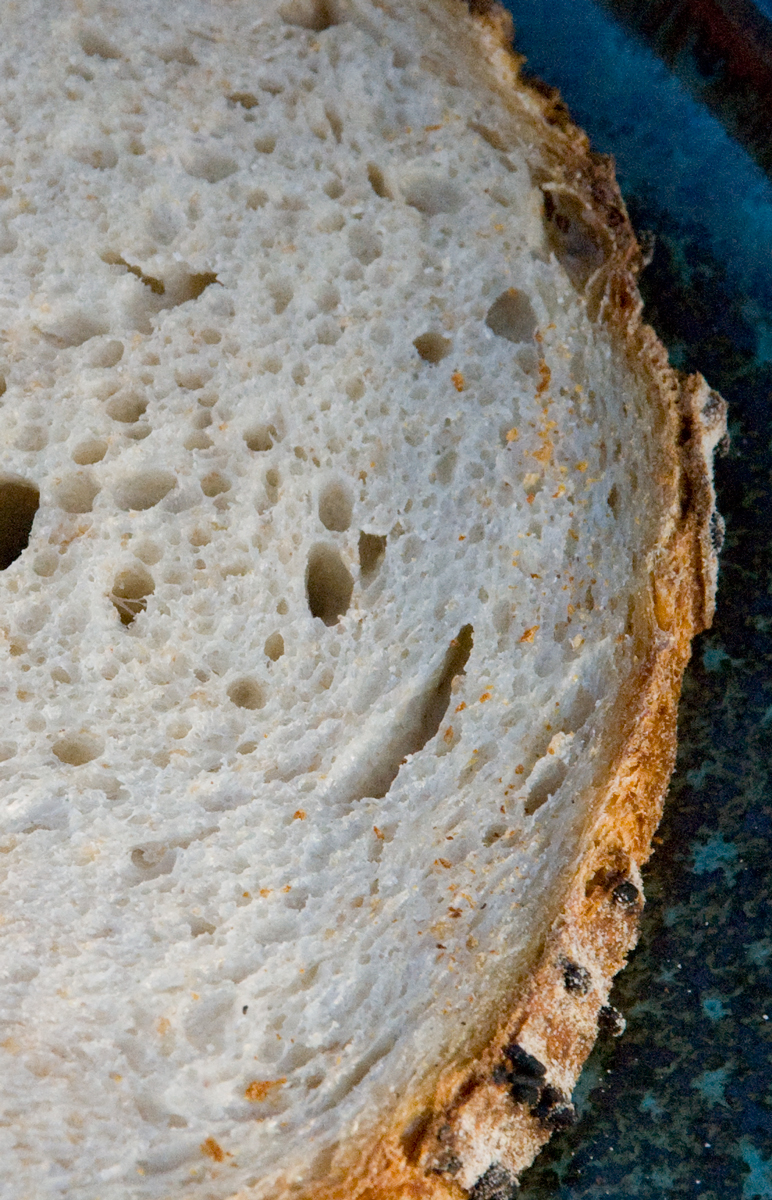




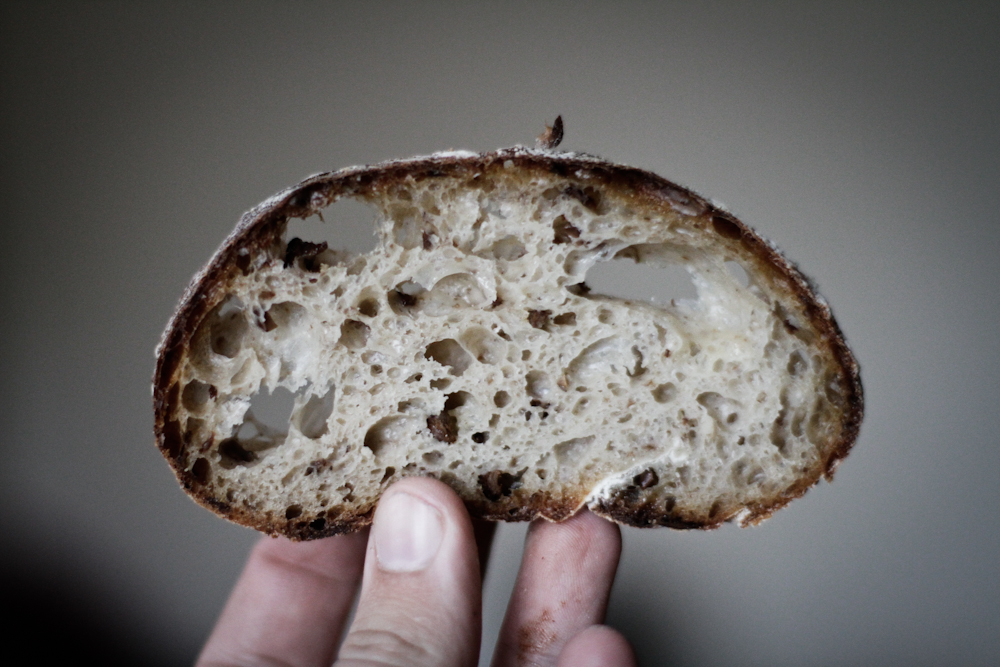







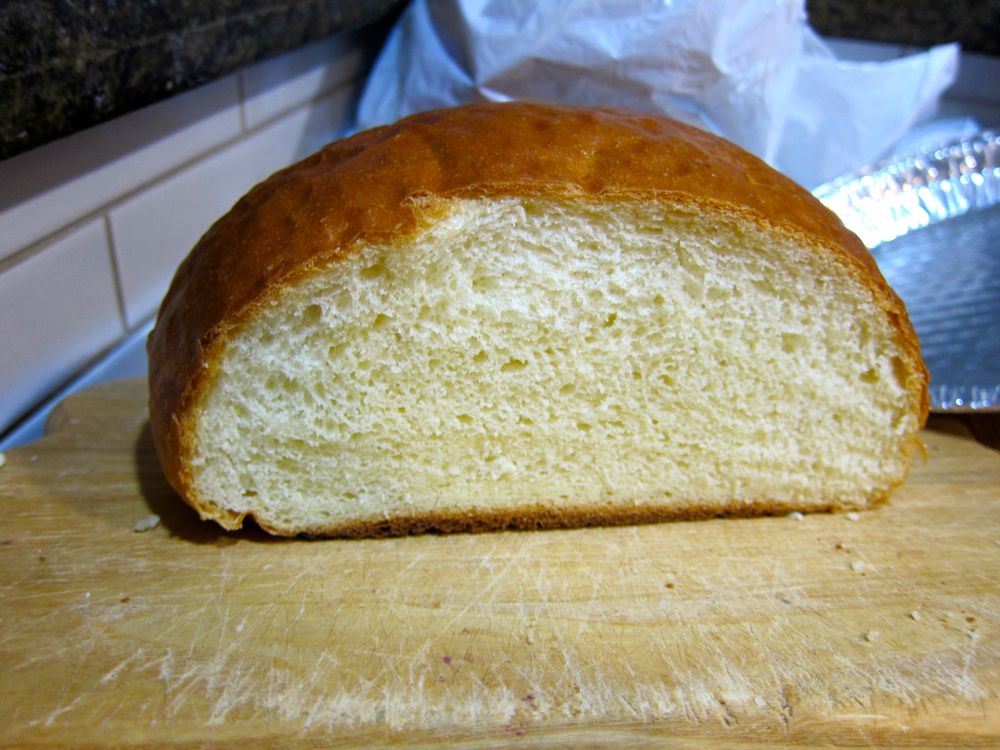
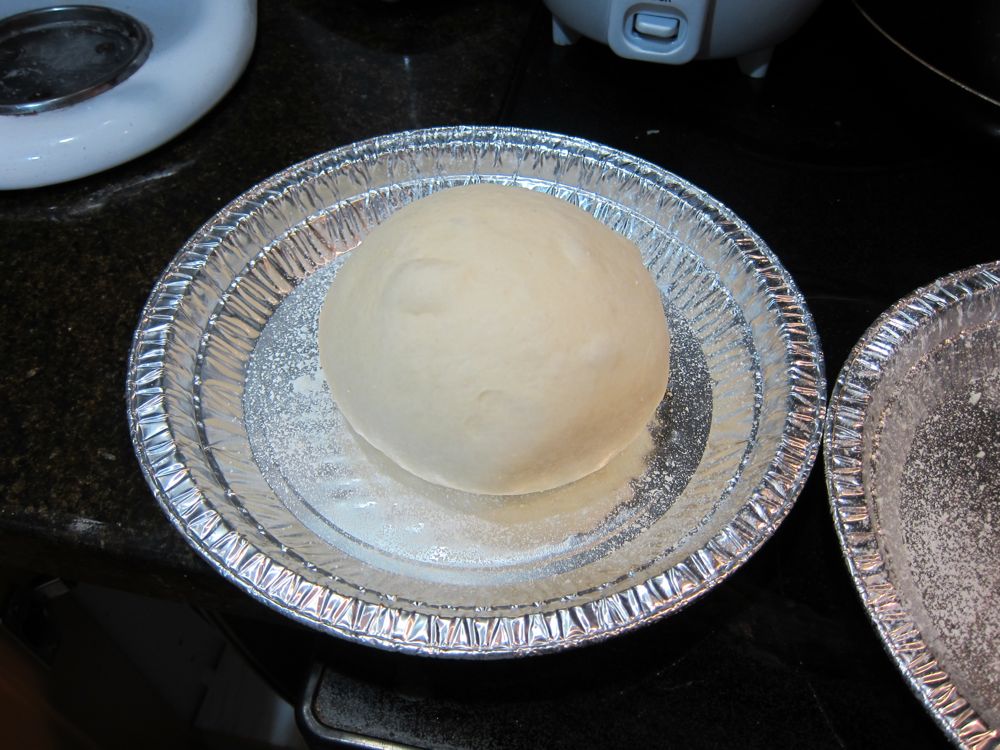
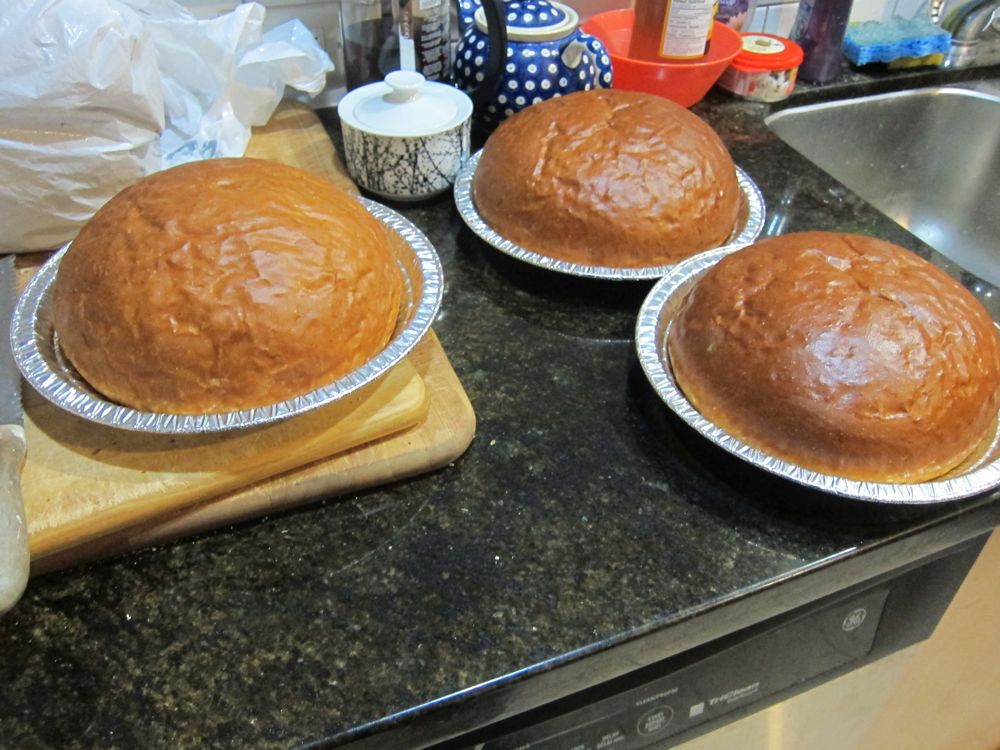

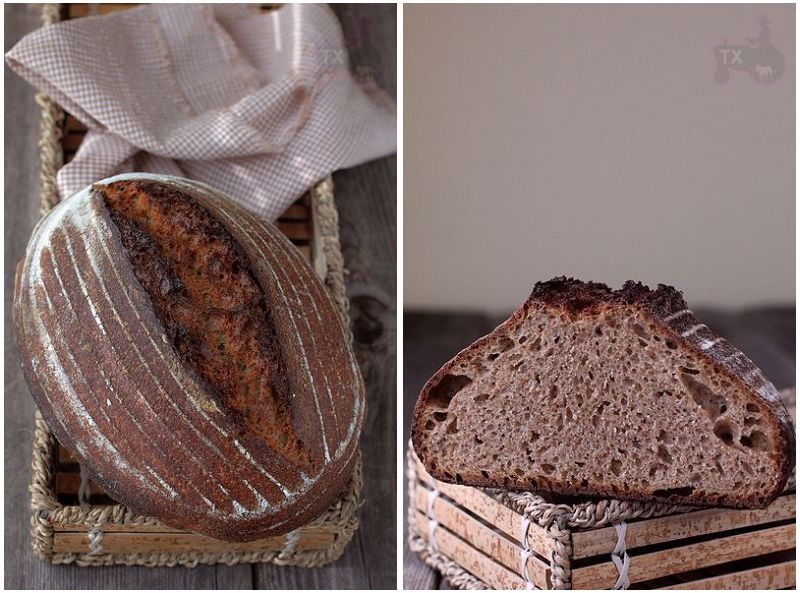
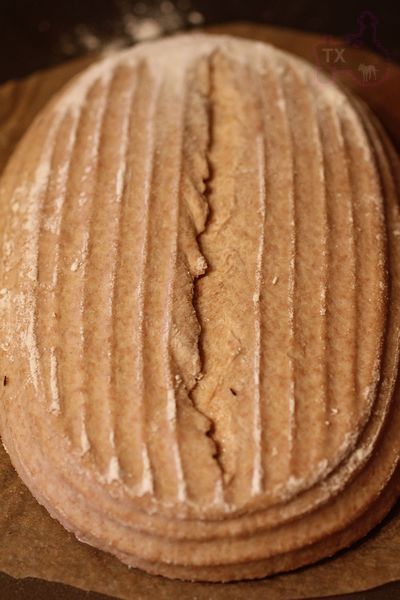



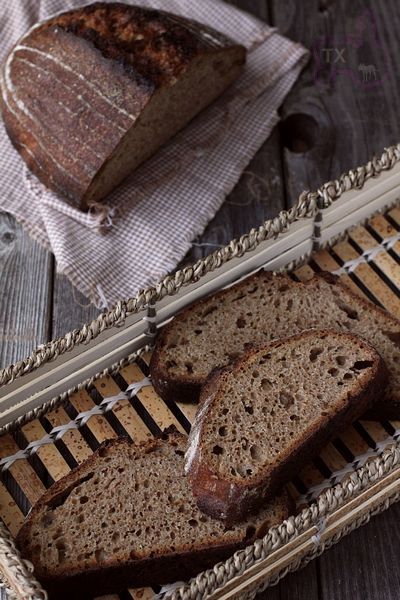
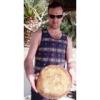
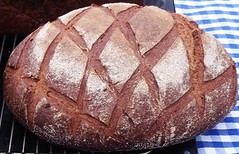

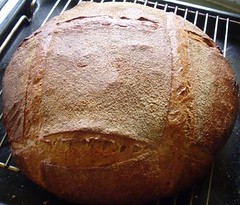
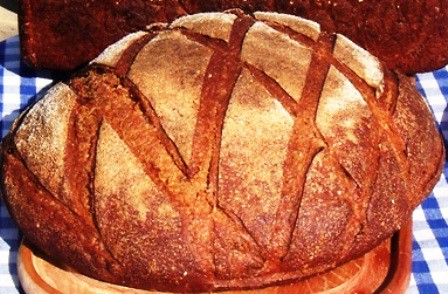

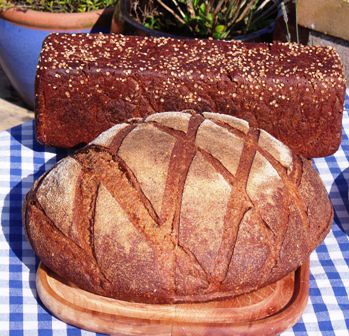
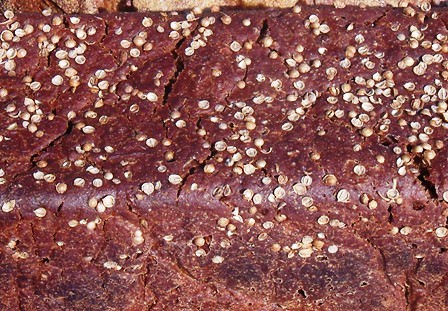
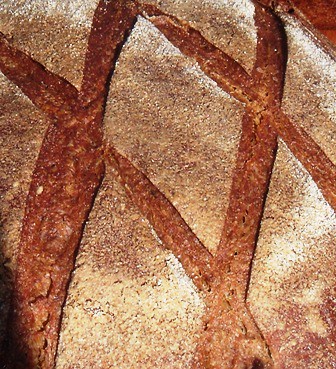
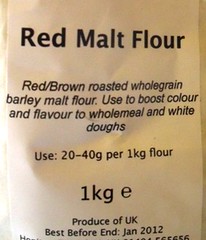
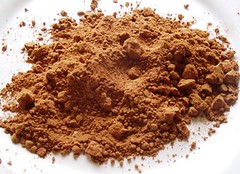
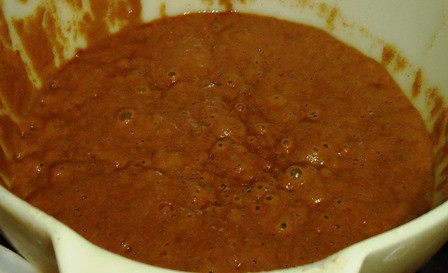
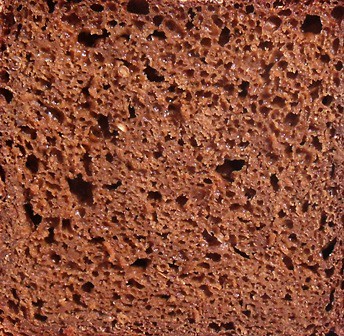
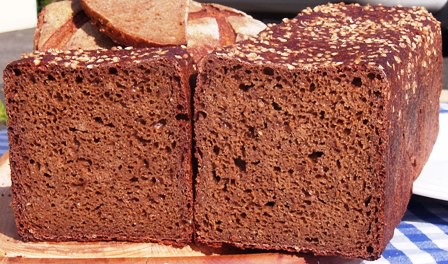
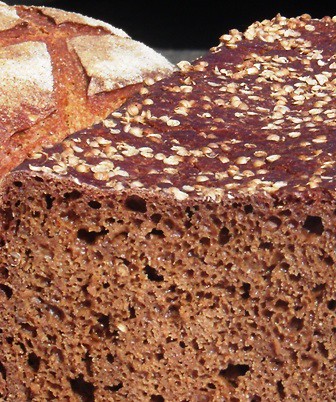
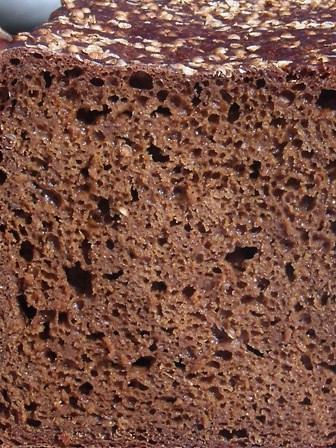



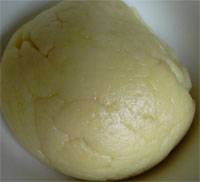
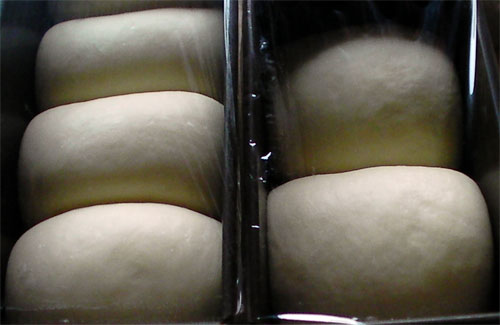
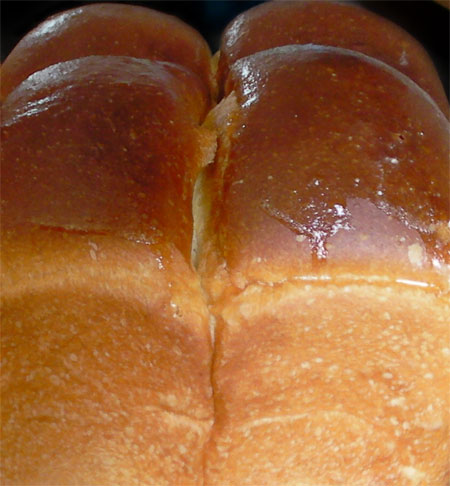

 Remove the dough from the refrigerator about 2 hours before you plan to bake. Shape the dough into one or more sandwich loaves (see page 23), using 28 ounces (794 g) of dough for 4 1/2 by 8-inch loaf pans and 36 ounces (1.02 kg) of dough for 5 by 9-inch pans; into freestanding loaves of any size, which you can shape as bâtards (see page 21), baguettes (see page 22), or boules (see page 20); or into rolls (see page 25), using 2 ounces (56.5 g) of dough per roll. When shaping, use only as much flour as necessary to keep the dough from sticking. For sandwich loaves, proof the dough in greased loaf pans. For freestanding loaves and rolls, line a sheet pan with parchment paper or a silicone mat and proof the dough on the pan.
Remove the dough from the refrigerator about 2 hours before you plan to bake. Shape the dough into one or more sandwich loaves (see page 23), using 28 ounces (794 g) of dough for 4 1/2 by 8-inch loaf pans and 36 ounces (1.02 kg) of dough for 5 by 9-inch pans; into freestanding loaves of any size, which you can shape as bâtards (see page 21), baguettes (see page 22), or boules (see page 20); or into rolls (see page 25), using 2 ounces (56.5 g) of dough per roll. When shaping, use only as much flour as necessary to keep the dough from sticking. For sandwich loaves, proof the dough in greased loaf pans. For freestanding loaves and rolls, line a sheet pan with parchment paper or a silicone mat and proof the dough on the pan. 